Key Points and Summary – The F-35 is the world’s top fighter because it delivers where modern wars are won: information, reach, and teamwork.
-One family serves the Air Force, Navy, and Marines, simplifying training and logistics.
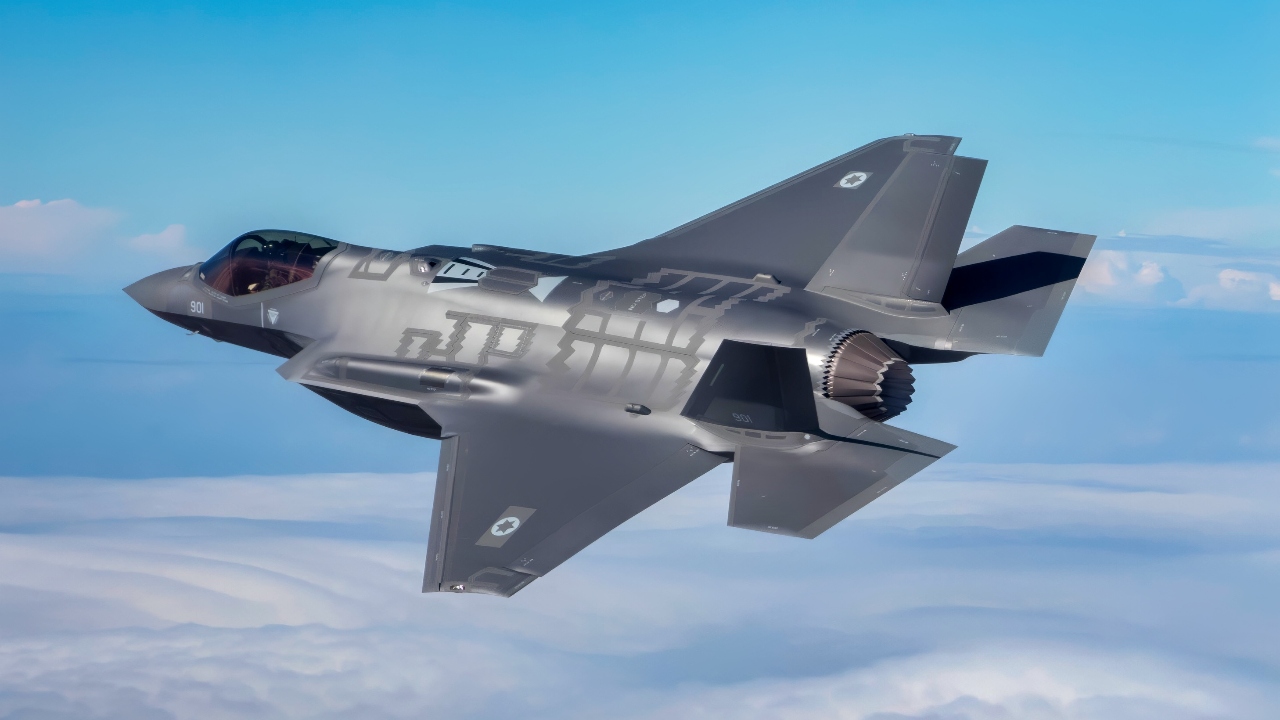
F-35I Fighter from Israel. Image Credit: Creative Commons.
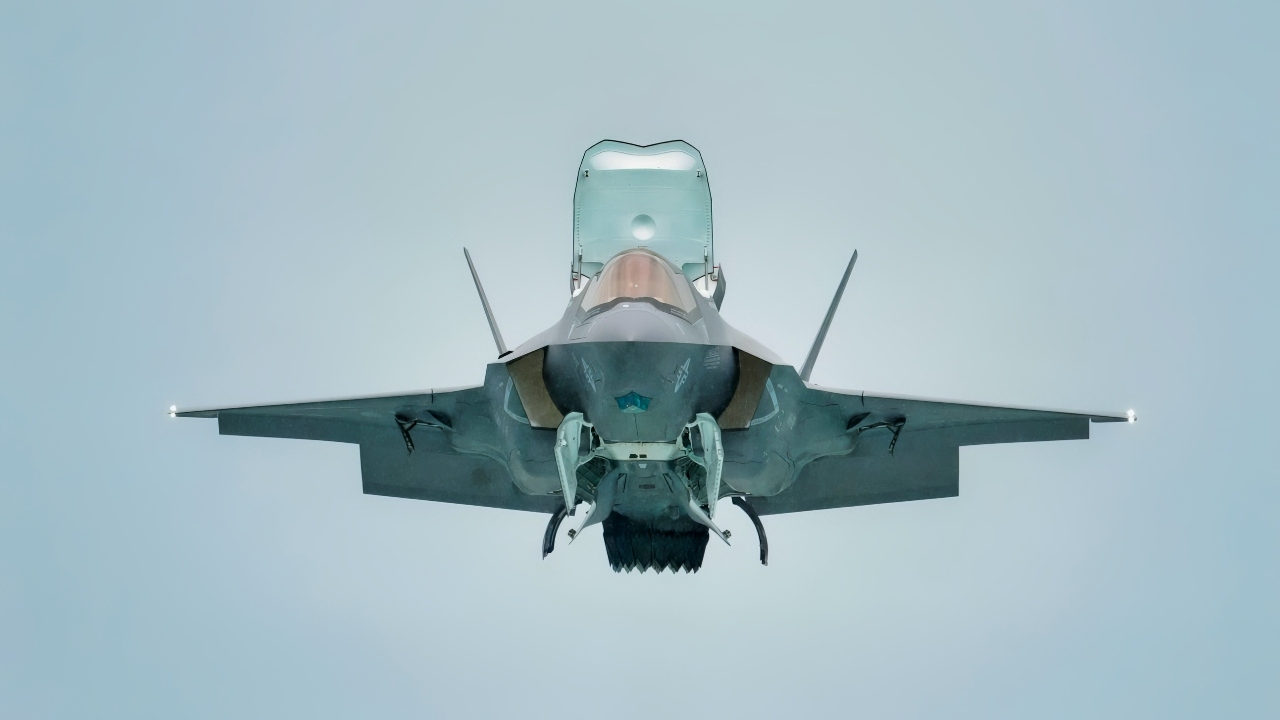
A U.S. Marine Corps F-35B Lightning II assigned to the Marine Fighter Attack Squadron 242, Marine Aircraft Group (MAG) 12, Marine Corps Air Station, Iwakuni, conducts an aerial demonstration during the Singapore Airshow 2022 at Changi Exhibition Center, Republic of Singapore, Feb. 16, 2021. Through participation in regional events like the Singapore Airshow, the U.S. demonstrates its commitment to the security of the Indo-Pacific, promotes interoperability, displays the flexible combat capabilities of the U.S. Military, creates lasting relationships with international audiences, and strengthens partnerships throughout the Indo-Pacific region. (U.S. Air Force photo by Master Sgt. Richard P. Ebensberger).
-Stealth and powerful sensors let it see first and shoot first—not only for itself, but for the whole force.
-In the 12-day war with Iran, Israel’s F-35I “Adir” showed the jet’s value in both offense and defense.
-Yes, cost and software delays are real, but its software-driven design keeps adding new weapons and tactics.
-With many allies flying it, the F-35 brings mass and interoperability that rivals can’t match.
5 Reasons the F-35 Really Is the Best Fighter on Earth (Yes, Even With the Baggage)
If one airplane had to prove it’s the right bet, it would be the F-35.
Not because it’s perfect—cost overruns and late software updates are real—but because the U.S. Air Force, Navy, and Marine Corps all chose it as the backbone of their fleets.
And in the most recent test of modern air combat, Israel’s customized F-35I “Adir” didn’t just show up; it set the tone across a short, sharp war with Iran.
Here’s why the F-35 sits on top, and why no fighter on Earth is better.
1) One Jet, Three Services—And It Works Together
Most countries dream of flying one family of fighters across their armed forces. The U.S. actually does it.
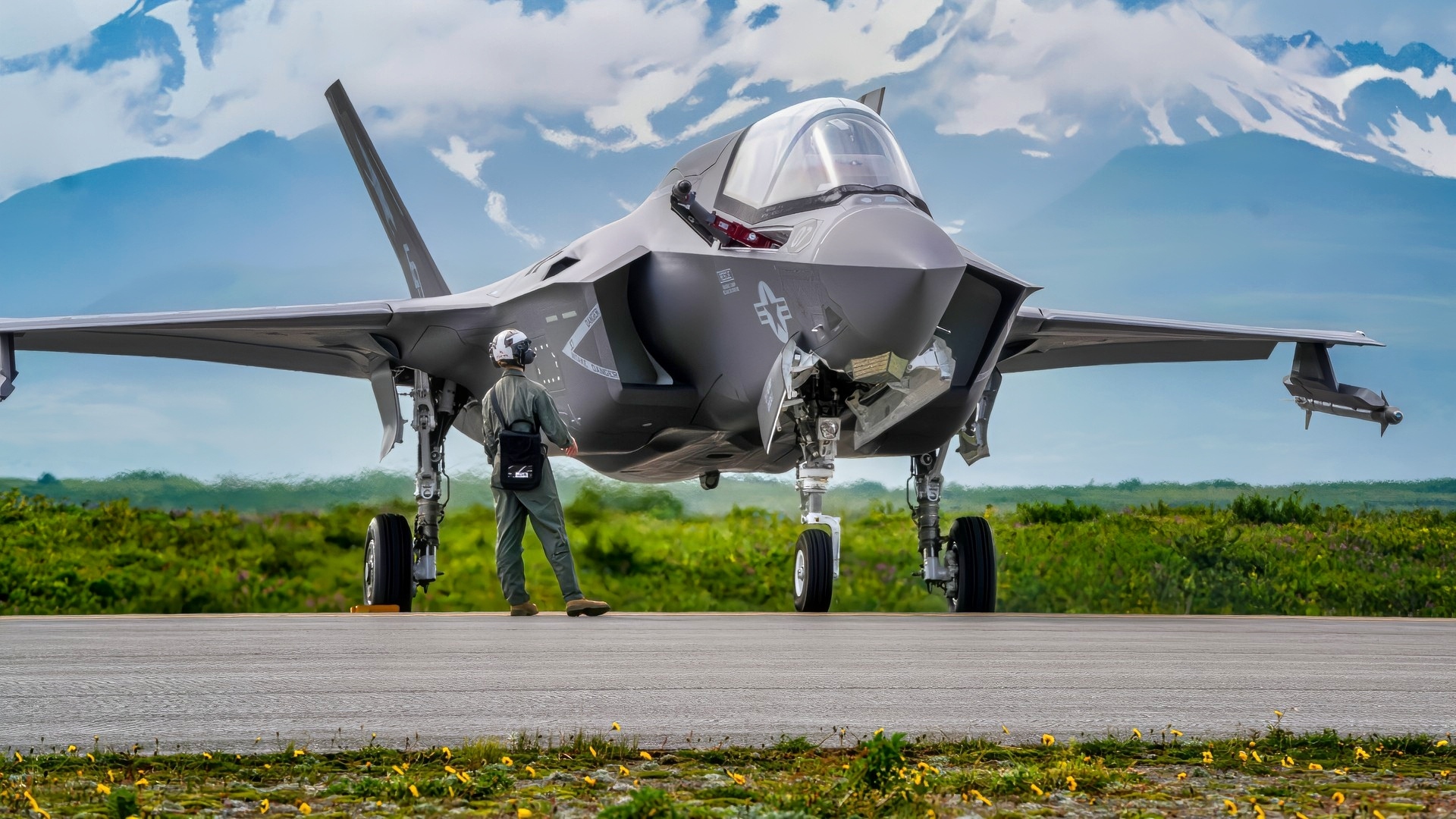
A U.S. Marine Corps F-35B Lightning II Joint Strike Fighter assigned to Marine Corps Air Station Beaufort, parks on a runway for a forward armed and refueling point (FARP) for ARCTIC EDGE 2025, August 18, 2025, at Cold Bay Airfield, Alaska. AE25 provided Special Operations Command North the opportunity to test a range of capabilities and response options to deter, disrupt, degrade, and deny competitor activity in the Arctic in support of globally integrated layered defense of the homeland. AE25 is a NORAD and U.S. Northern Command-led homeland defense exercise designed to improve readiness, demonstrate capabilities, and enhance Joint and Allied Force interoperability in the Arctic. (U.S. Air Force photo by Airman 1st Class Gracelyn Hess)
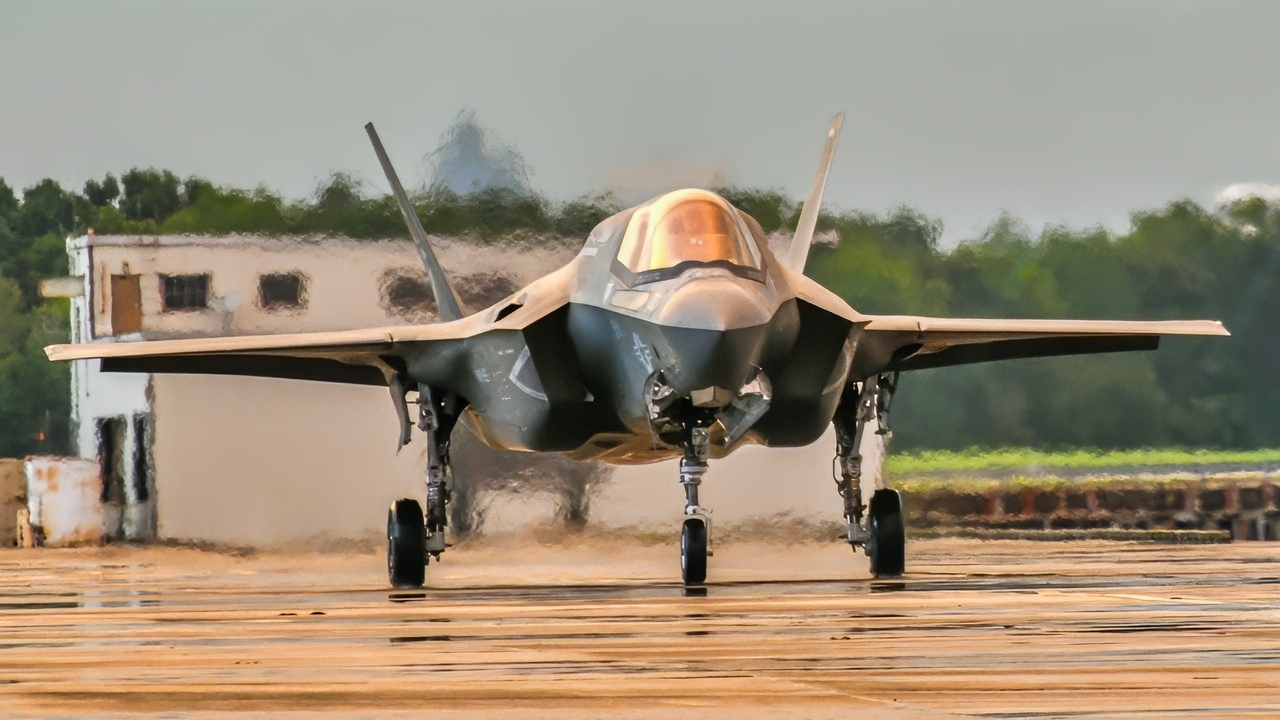
(Aug. 07, 2024) An F-35B Lightning II assigned to Marine Fighter Attack Squadron 122 at Yuma, Ariz., taxis after landing at Naval Air Station Jacksonville as part of the aircraft’s temporary transfer to Fleet Readiness Center Southeast (FRCSE). The jet is the first F-35 ever inducted into the depot and is part of a readiness improvement initiative to support corrosion mitigation efforts for the U.S. Marine Corps (USMC). (U.S. Navy photo by Toiete Jackson/Released)
The Air Force flies the F-35A; the Marines fly the F-35B (short takeoff/vertical landing for small decks and rough fields); the Navy flies the F-35C (beefed up for catapults and carrier landings). That shared DNA means common training, parts, tactics, and software.
It also means that when a crisis hits, you can surge a single playbook from land bases and carriers simultaneously.
That kind of unity is a combat multiplier you can’t bolt on later.
2) It Sees First—and That Changes Everything
Stealth shapes and coatings help the F-35 slip closer, but the secret sauce is what happens inside.
The jet hoovers up radar, infrared, and electronic clues, mixes them with what other aircraft and ships are seeing, and hands the pilot a single, clean picture.
Think of it less like a “plane with a radar” and more like an air-battle quarterback—one that can pass high-quality targets to other shooters and, when needed, take the shot itself.
Seeing first, shooting first, and sharing that picture with the rest of the force is how you win modern fights.
3) Combat Record: Not Just Hype
You don’t have to take a brochure’s word for it.
In the 12-day war between Israel and Iran this summer, Israel’s F-35I Adirs were central to strikes on high-value targets and to protecting Israel and partners against missiles and drones.
That wasn’t their first rodeo—Israeli F-35s had seen action before—but the scale and tempo this time were different.
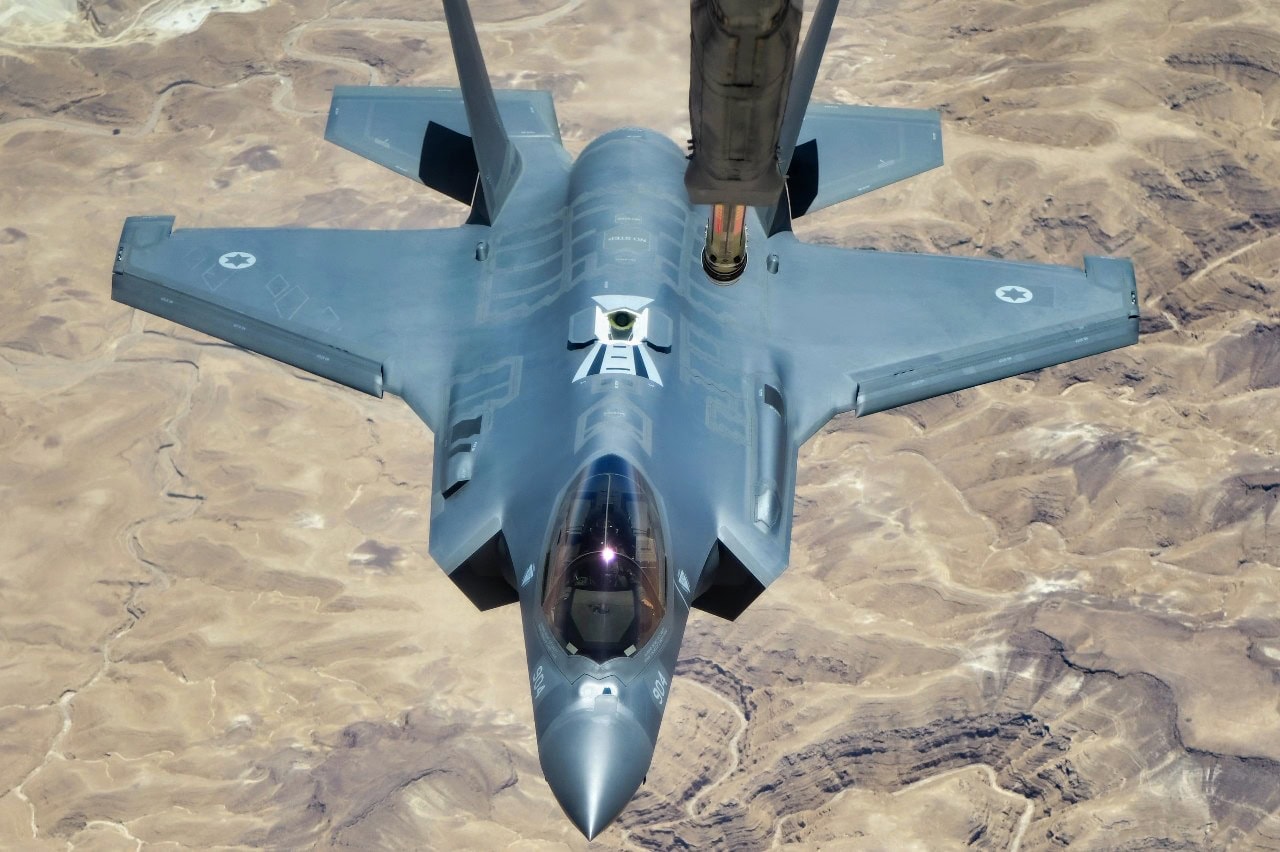
F-35I Adir. Image Credit: Creative Commons.

F-35I Adir Fighter from Israel. Image Credit: Creative Commons.
The lesson is simple: the F-35’s blend of stealth, sensing, and long-reach weapons isn’t theoretical.
When a country that lives under constant threat reaches for a tool on night one, it says something that it keeps reaching for the F-35.
4) It’s Built to Grow (Even If Growing Has Been Painful)
Yes, costs are high and software delays have been frustrating.
However, the same “flying computer” design that causes teething issues also allows the jet to continue improving.
New processors, displays, and code unlock new weapons, better jamming, sharper sensing, and more innovative ways to team with drones.
In practice, that means the F-35 you buy today won’t be the F-35 you fly five years from now—it will be more capable without changing the airframe.
That’s how you future-proof a force when threats evolve every year, not every decade.
5) It Brings Friends (A Lot of Them)
The F-35 isn’t just an American airplane; it’s a club.
More than a dozen U.S. allies fly it or have it on order, so exercises stop being “mix and match” and start feeling like one large air force.

Israel’s F-35I Adir Fighter. Image credit: Creative Commons
Shared training, tactics, and maintenance make coalitions stronger and more effective.
A bonus: global demand keeps the production line running smoothly and the parts pipeline well-stocked. In a protracted crisis, that industrial depth matters as much as the airplane’s sleek silhouette.
A Word About the Price Tag
The F-35 is expensive to sustain, and major software upgrades slipped to the right.
Those are facts. But capability is also a fact.
When one platform can plug into land bases, big-deck carriers, small amphibious ships, and allied air forces—and win real fights under real pressure—cost has to be weighed against what you get for it.
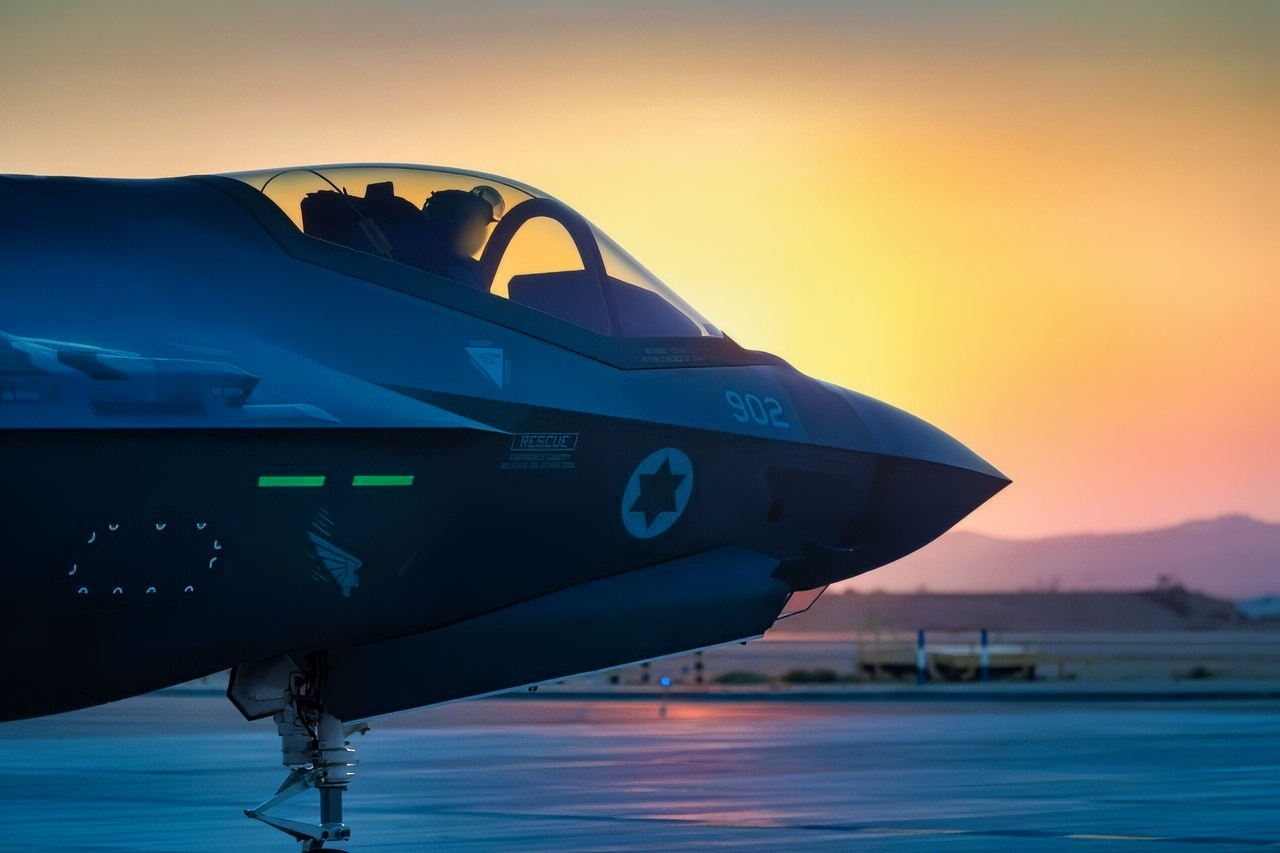
F-35I Adir Israel Stealth Fighter. Image Credit: IDF
The U.S. services, along with a growing list of allies, have run that math. Their answer is the same: buy more F-35s, fix what’s slow, and keep upgrading.
Bottom Line on the F-35
The F-35 earned its spot at the top not because it’s flawless, but because it does the most essential things best: it gathers the clearest picture, shares it widely, strikes from safety, and scales across services and allies.
That’s what “best fighter on Earth” looks like in 2025.
About the Author: Harry J. Kazianis
Harry J. Kazianis (@Grecianformula) is Editor-In-Chief and President of National Security Journal. He was the former Senior Director of National Security Affairs at the Center for the National Interest (CFTNI), a foreign policy think tank founded by Richard Nixon based in Washington, DC. Harry has over a decade of experience in think tanks and national security publishing. His ideas have been published in the NY Times, The Washington Post, The Wall Street Journal, CNN, and many other outlets worldwide. He has held positions at CSIS, the Heritage Foundation, the University of Nottingham, and several other institutions related to national security research and studies. He is the former Executive Editor of the National Interest and the Diplomat. He holds a Master’s degree focusing on international affairs from Harvard University.
More Military
China’s New J-35 Stealth Fighter Summed Up in 1 Word
China Has a Three-Word-Plan to Sink Aircraft Carriers
The Sneaky Reason China Wants a Big Fleet of Aircraft Carriers
USS Kentucky: The ‘Lost’ U.S. Navy Iowa-Class Battleship That Was Never Finished
China’s J-20 Stealth Fighter Simply Summed Up In Just 1 Word


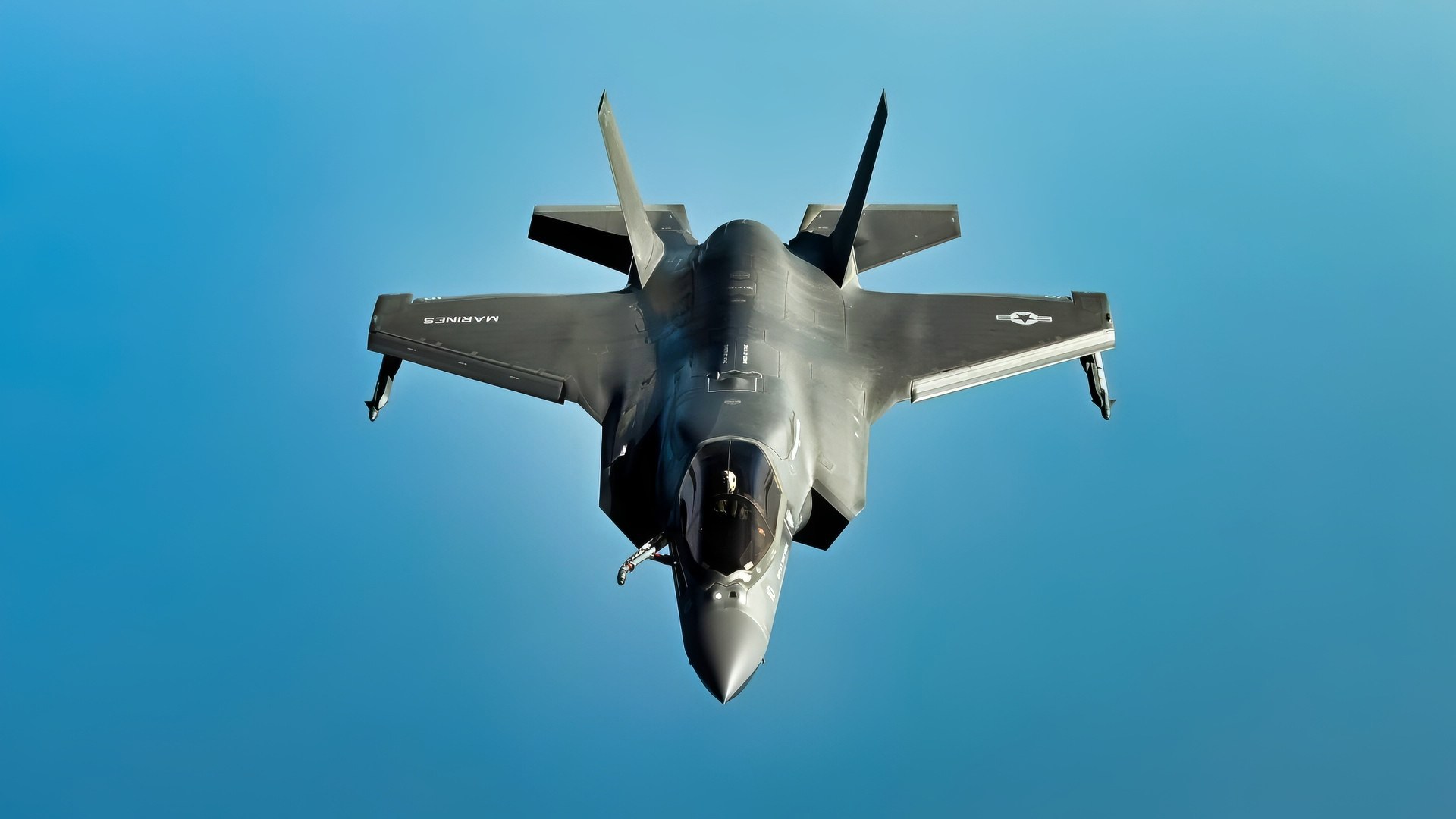








bis-biss
October 13, 2025 at 1:27 am
The lightning-II fighter is overrated (over-hyped).
It’s a maintenance boondoggle that has already seen many crashes, including one that killed a jap pilot.
It has a relatively short combat range, meaning its pilot needs to consider doing more sorties during fightin’.
Hell, today, if you need sorties by the truckloads, you straightaway employ UAVs, or unmanned systems like the gj-11.
NOT a fleet of expensive, high-maintenance manned jets like the lightning-II.
The lightning-II is suitable for overwhelming small wimps like venezuela, but against a peer foe, the Lightning-II is toast.